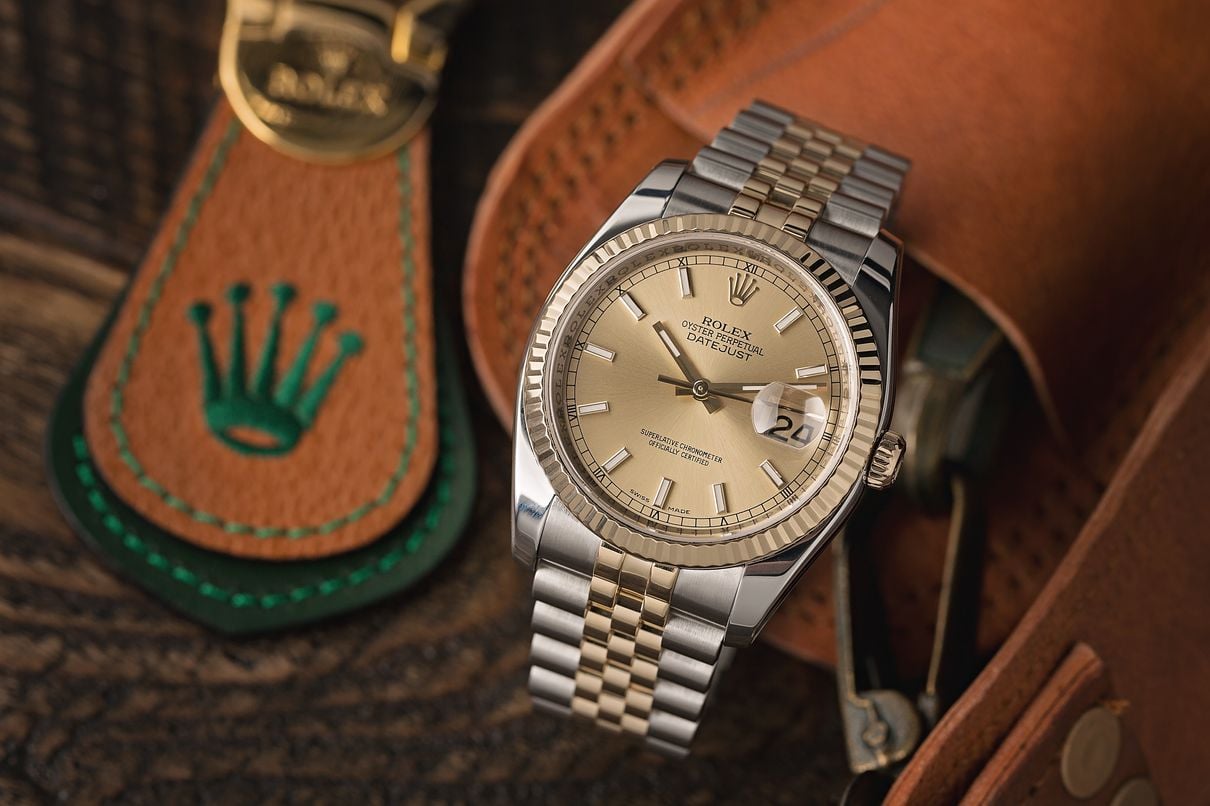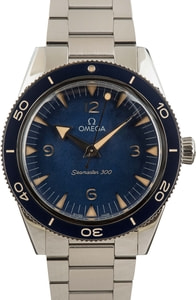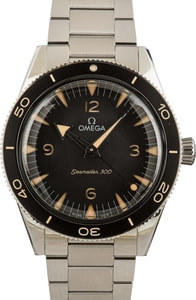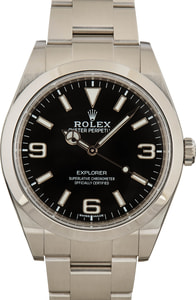When it comes to iconic Swiss watch brands, both the Tudor luxury watch brand and Omega luxury watch brand stand out as giants in the industry. Though coming from very different backgrounds, the two manufacturers have some overlapping areas in the market that make comparing them interesting. This article will dive into the storied histories of Tudor vs Omega, explore their signature technical details and watch movements, unpack their reputation and prestige as brands, compare price points across a few key models, and summarize the strengths each watchmaker brings to the table.
On the surface, pitting Tudor against Omega may seem an uneven match-up. Omega has over 175 years of esteemed Swiss watchmaking under its belt while Tudor was founded relatively recently in 1926. Omega built an unmatched lunar legacy as the first watch worn on the moon during NASA missions. Tudor, on the other hand, lived under the immense shadow of Rolex for decades as the company’s most affordable offering.
However, in recent years, Tudor has spread its wings to find its own unique identity in the watch world. The brand offers robust tool watches packed with modern technical innovations at a lower price point than many comparable Swiss brands. At the same time, Omega continues to push boundaries in chronometric excellence and sports timing while commanding luxury prestige as a Swatch Group subsidiary.
So, in many ways, comparing these two storied brands offers an ideal case study of both tradition and vision occupying the same watch space. By looking closely at Tudor vs. Omega and each of their individual heritage, technical sophistication, reputation, pricing, and intended purpose, the distinctions as well as overlap become clearer. Both offer exceptionally well-built timepieces but cater to slightly different audiences and needs.
Tudor vs Omega: History
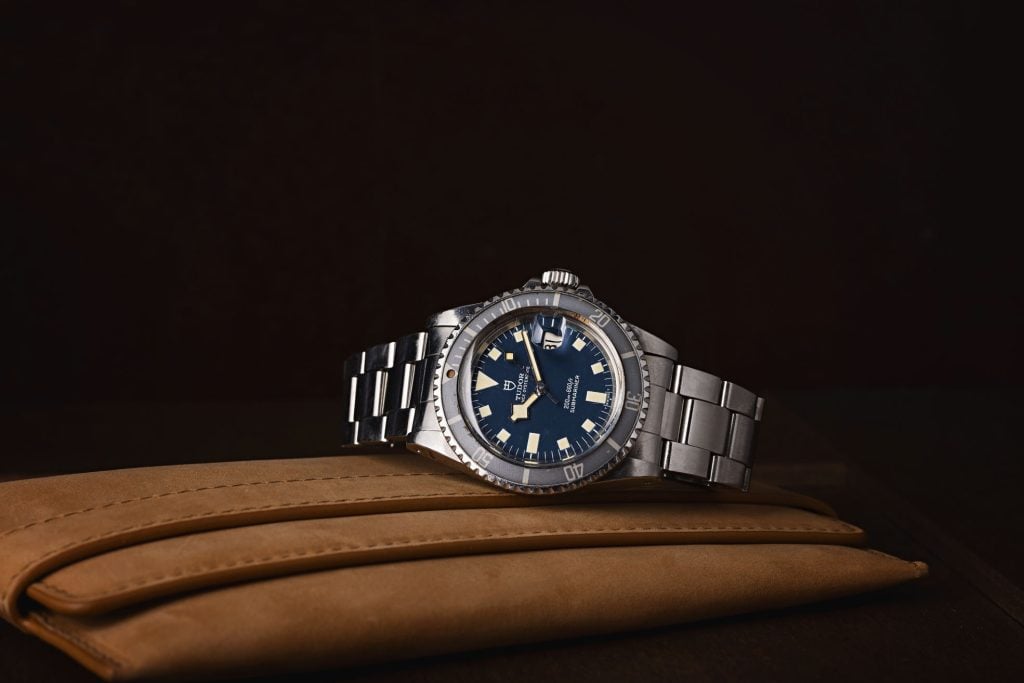
When comparing Omega against Tudor, you see two quality manufacturers but with vastly different histories, motivations, and modern identities within their shared Swiss heritage.
Tudor History
Tudor has its roots in the founding of Rolex in 1905 by Hans Wilsdorf. Wilsdorf was the mastermind behind Rolex’s success, driven by a vision to manufacture the most accurate, durable, and reliable watches possible. Building an empire like Rolex took time, however. So, in 1926, Wilsdorf launched Tudor as a more affordable alternative to Rolex, to build brand awareness and loyal customers across different price points.
Early Tudor watches used reliable Swiss ebauches (watch movement blanks) rather than in-house calibers. But they were still built to stringent standards under Wilsdorf’s oversight. The founder only allowed Tudor to use movements that met chronometric precision criteria. For many years, Tudor lived in the shadow of the mighty Rolex crown. But it slowly grew an almost cult-like following for its robust tool watches built for professional use.
Tudor began stepping out as an independent brand with its own distinctive identity in the 1990s by launching iconic sports lines like the Ranger, Prince Date, and GMT. In 2015, Tudor unveiled its first manufacture movement and has continued releasing exceptional in-house calibers ever since. This technical advancement combined with heritage re-releases and modern styling makes Tudor stand on its own merits while upholding its reputation for reliability and performance at a more modest price ceiling than top-tier Swiss brands.
So, while still retaining Rolex’s unmatched standard of excellence, Tudor now chapters its own journey catering to a new generation seeking quality craftsmanship they can wear every day rather than pricier timepieces reserved just for special occasions. Its bold tool watch aesthetic and dedication to “watches made for those who left their mark on history” give Tudor a distinct personality that honors its past while embracing innovation. Tudor retains strong core values established by Rolex of accuracy, reliability and robustness but expresses them through more daring designs suited for rugged everyday wear rather than precious heirlooms just for formal occasions. Its impressive in-house movements power iconic Tudor heritage models resurrected with contemporary styling at slightly more modest price points. This positions Tudor uniquely in the market – above mainstream brands but offering an impressively built Swiss-made watch icons within reach for more collectors and specialists rather than solely elite clientele. So, while Omega targets those wanting to showcase luxury status, Tudor speaks more to understated achievement wearing a storied brand in a casually confident way.
Omega History
Compared to Tudor, Omega has a far longer legacy stretching back to its founding in 1848 by Louis Brandt. From the small La Chaux-de-Fonds workshop where 23-year-old Brandt hand assembled keyless pocket watches, Omega has grown into one of Switzerland’s most recognizable and coveted brands.
Omega made a name for itself with innovations like the world’s first minute-repeating wristwatch in 1892. By 1903, the rebranded Omega Watch Co. had grown rapidly under Louis Brandt’s sons Louis-Paul and César thanks to mass production and an emphasis on accuracy. Their involvement in sports timing began in 1932 as the official timekeeper for the LA Olympics.
Over time, Omega has staked a substantial reputation on high-precision records, competing with Rolex and Zenith for chronometric achievements. This relentless pursuit of accuracy led to the creation of the Marine Chronometer, which set timekeeping standards adopted by over 50 navies worldwide.
Today Omega retains a deep connection to human achievement, having timed every Olympic Games since 1932. Omega also channeled its precision into space exploration as the first watch on the moon in 1969, with a legacy continued as the approved watch for NASA missions.
As a Swatch group brand now, Omega combines Swiss-made horological mastery with cutting-edge technology like silicium and the co-axial escapement to push mechanical watchmaking forward. Omega has ambassadors from athletes to A-list celebrities and partnerships spanning James Bond films to oceanic conservation efforts with Cousteau. With this Omega has maintained global prestige for nearly two centuries after its small workshop beginnings.
Tudor vs Omega: Watch Movements
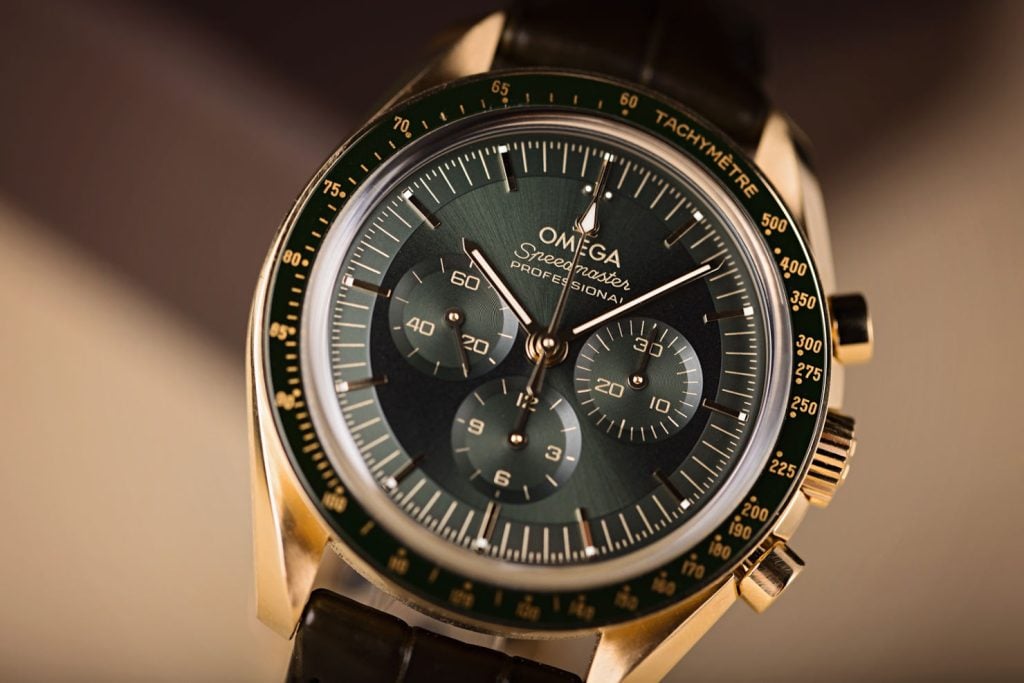
When looking under the hood, the mechanical “engines” powering Tudor and Omega watches reveal some clear contrasts. Tudor has recently joined the in-house movement trend to ensure better reliability and quality control. Omega has been producing its own co-axial calibers for decades as a key innovator advancing mechanical movements’ precision and magnetic resistance.
Tudor’s first manufacturing caliber, the MT5621, debuted in 2015 as a manually wound mechanical built completely in-house. The brand has continued expanding its catalogue of MT movements, including the self-winding MT5602, chronograph MT5813, and GMT MT5857. By crafting these movements in-house, Tudor can engineer them specifically for its needs, rather than relying on outsourced ebauches. This gives Tudor great flexibility in creating complications suited to its tool watches at accessible price points.
Omega’s co-axial escapement unveiled in 1999 represented the first practical alternative to the lever escapement used for 250 years. By virtually eliminating friction, the co-axial mechanism improves stability, reduces wear, and increases precision in mechanical watches. Omega continues to lead the way in pairing this innovative escapement with anti-magnetic innovations like a silicon balance spring and proprietary alloys like Sedna gold. Master Chronometer certified movements like the 8800/8801 showcase the pinnacle of Omega’s technical advancement.
While not an apples-to-apples comparison, both brands prioritize longevity, accuracy and reliability but implement that standard differently. Tudor aims for robust everyday wearability perfect for hobby divers or mountain treks. Omega targets high-frequency chronometry shielded from environmental disturbances – technology tailor-made for exploration but translated into a luxury timepiece. So, they represent two philosophies around mechanical excellence: real-world resilience versus highly controlled perfection.
Tudor vs Omega: Reputation and Status
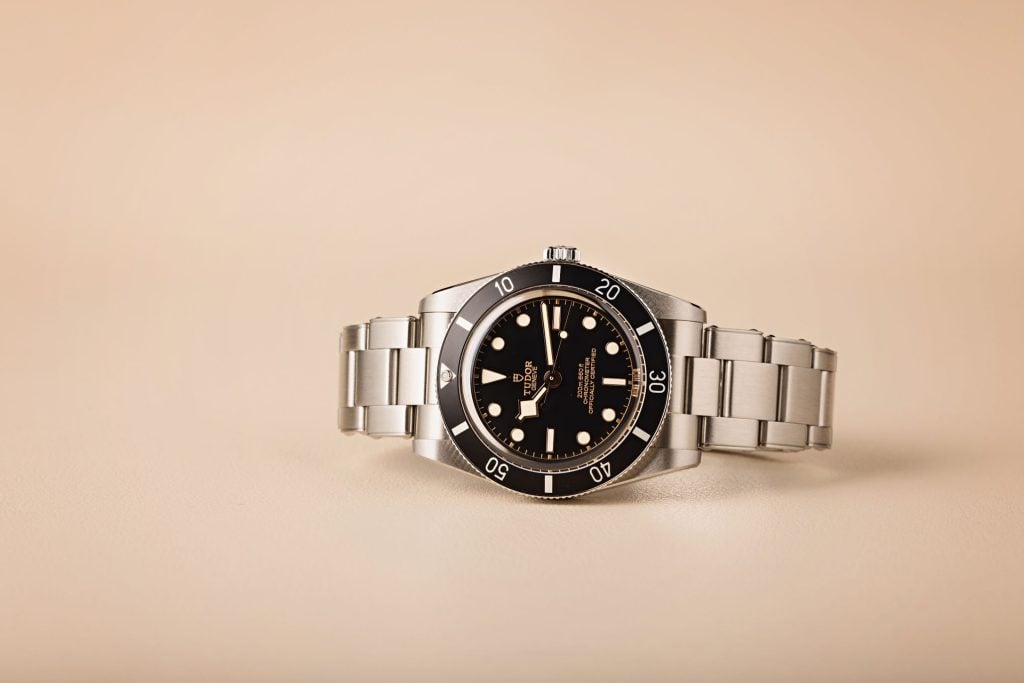
In the watch enthusiast world, Tudor and Omega elicit very different reactions and perceptions when it comes to prestige. Omega undoubtedly occupies rarified air as an established luxury brand while Tudor had to shake perceptions as Rolex’s discount bargain brand.
For years, Tudor was seen as the affordable steppingstone into Rolex ownership. But since its rebranding, vintage releases like the Black Bay and Pelagos, and manufacture movements, Tudor has come into its own. Tool watch aficionados genuinely appreciate Tudor’s robust offerings rather than defaulting to the Crown. Tudor has carved a niche for itself building no-nonsense mechanical watches blending old-school cool with modern build integrity and technology.
Meanwhile Omega retains all the glamour and aspirational value you expect from a Swatch subsidiary with the price tags to match. Its COSC-certified chronometers and in-house Master Co-Axial calibers place Omega firmly in the high horology echelons. With celebrity brand ambassadors like George Clooney and partnerships with everything from NASA to the Emmys and Olympics, Omega consciously associates itself with upper crust culture.
So, while Tudor has that new-kid-on-the-block energy trying to prove itself, Omega sits comfortably in the lap of luxury by strategically aligning itself with elite achievement. Ultimately, Tudor appeals to those wanting an everyday premium mechanical watch without flashy “look at me” frills. Omega speaks more to showcasing Swiss refinement whether at red-carpet galas or astronaut missions. Both make superb time instruments but at very different registers of prestige and pricing.
Tudor vs Omega: Price Comparison
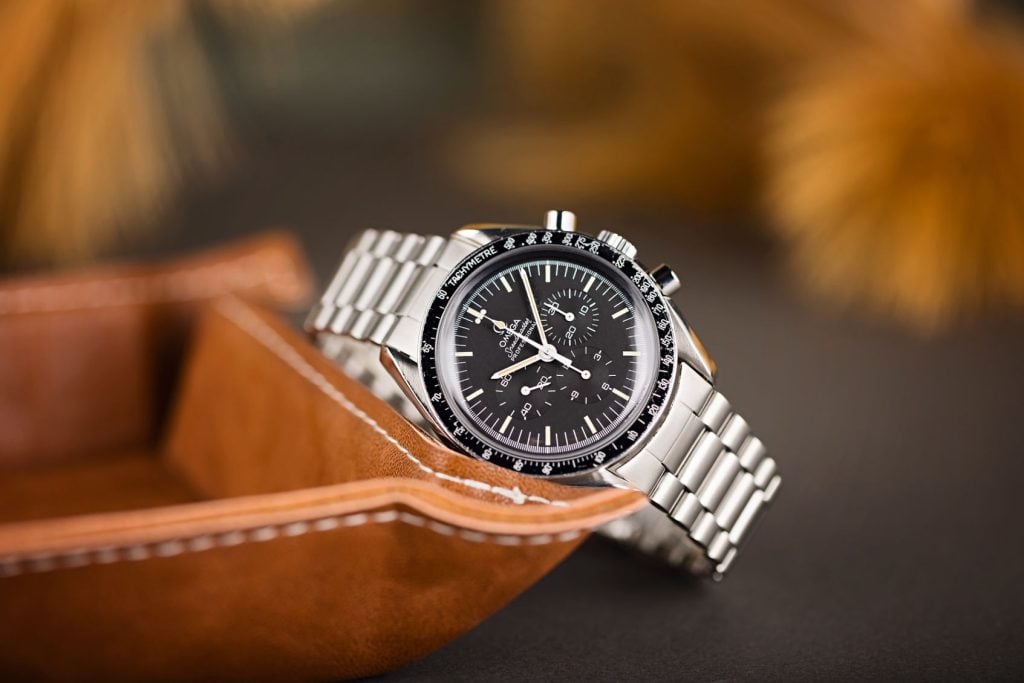
Given their divergent reputations, Tudor and Omega watches occupy distinct price categories, with some overlap in the $3,000 to $5,000 range. Entry-level Tudor timepieces start around $2,000 to $3,000 while basic Omega models begin north of $4,000. At the highest tiers, Tudor tops out below $5,000 for its most complicated pieces. Luxury Omega offerings can reach well into the five-figures.
As an illustration, take the Tudor Black Bay Fifty-Eight diving watch versus Omega’s modern Seamaster Diver 300M. These make an interesting comparison as vintage-inspired tool watches with comparable features like 300m water resistance, stainless steel cases and bracelets, and Swiss mechanical movements.
The Tudor Black Bay Fifty-Eight comes in at around $3,750 with an ETA-based manufacture movement delivering 70-hour power reserve and COSC certification. Its more restrained 39mm case houses a matte black dial and bezel insert in a retro tuxedo design.
The Omega Seamaster 300M costs roughly twice as much at $7,000 to $8,000. For that premium, you gain Omega’s top-end Co-Axial Master Chronometer Calibre 8800 with 55-hour reserve while resistant to magnetic interference. The wave pattern “teak” dial gives the Seamaster a more lavish modern visage.
While the Omega undoubtedly carries more brand cache, some may argue the Tudor provides most of the technical quality for much lower investment. It comes down to priorities – those wanting a well-built timepiece with heritage at a modest luxury price choose Tudor. Buyers wanting to flaunt one of Swiss watchmaking’s most prestigious names opt for Omega.
Tudor vs Omega: Notable Models
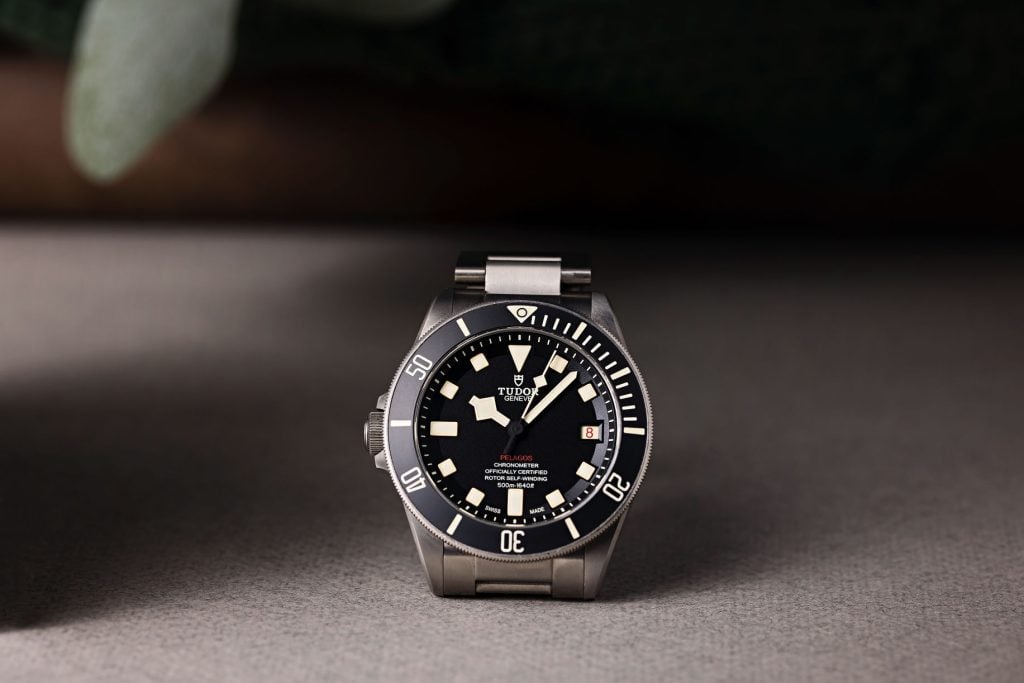
Tudor Models
Black Bay
Tudor’s Black Bay is a modern dive watch styled after their vintage Submariners from the 1950s and 60s. With rugged steel cases waterproof to 200m, simple rotating bezels, and bold dial colors, Black Bay models recall rugged tool watches but with modern dimensions around 41mm along with upgraded features like in-house movements. With vintage panache but many contemporary accents, the Black Bay appeals to divers wanting a robust yet stylish sports watch.
Pelagos
The Pelagos represents Tudor’s purpose-engineered dive watch built for extreme watersports use. Its lightweight titanium case and bracelet along with a highly legible dial and bezel let the Pelagos perform while retaining Tudor hallmarks of durability and reliability. 500m water resistance and a helium escape valve allow for serious diving use. But with luminous sapphire crystal and spring-loaded adjustable bracelet, the Pelagos also provides everyday wearability above the waves.
Omega Models
Omega Speedmaster
The Speedmaster’s origins as a motorsports chronograph in 1957 translated into history when it became the first watch worn on the moon in 1969. With its distinct asymmetrical case, black dial, and three subdials, the manual-wind Speedmaster remains one of watchmaking’s most iconic designs now offered in automatic or lower-priced quartz versions. Ideal for aviation and engineering aficionados, the Omega Speedmaster watch collection continues to accompany astronauts today thanks to its perfect balance of timing utility, masculine styling, and heritage.
Omega Seamaster
Omega’s diving watches like the Seamaster 300M feature elegant maritime designs housing a rugged inner core. Modelled after Omega’s waterproof chronometers for military use in WWII, mid-century Seamasters gained respect as no-nonsense dive companions. Contemporary Seamasters meld those utilitarian roots with Omega’s use of fine materials like ceramics, sapphire crystals, innovative movements and 300m+ waterproofing. Paired with tailored vintage looks drawing inspiration from early models, the Seamaster channels Omega’s adventuresome spirit in a luxury package at home in the club or deep below the waves.
Tudor vs Omega: Final Thoughts
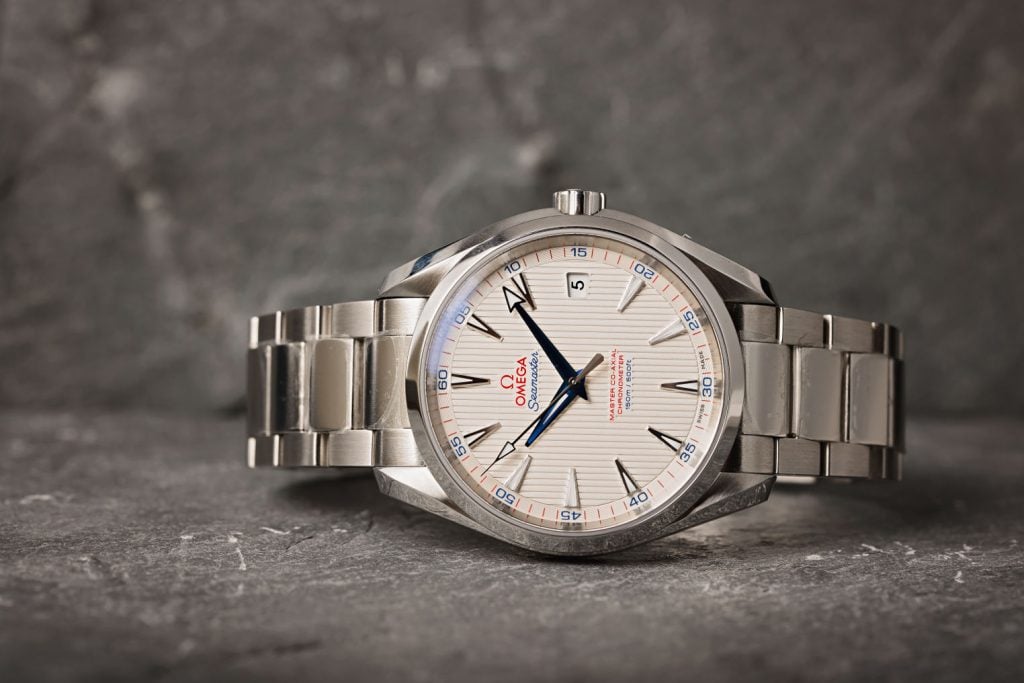
At the end of the day, while Omega and Tudor overlap in the Swiss watchmaking landscape, from their histories to modern technical approach to marketplace positioning, clear distinctions emerge.
Omega represents the pinnacle of luxury precision timekeeping. With almost two centuries of groundbreaking innovations, celebrity partnerships and a name intertwined with humankind’s greatest adventures, Omega retains an aspirational reputation and sophistication sealing its place in the top-tier of Swiss watches.
While owning some of Rolex’s unmatched legacy, Tudor now charts its own course towards offering exceptionally built mechanical watches with iconic heritage and modern styling at more modest price points. Catering to specialists and pragmatists rather than elites, Tudor diverges from Omega’s glittering global prestige to provide quality Swiss timepieces everyday individuals can enjoy without finery and flashy accoutrements.
Both remain dedicated to advancing mechanical watchmaking into the 21st century through pioneering technology like co-axial escapements or manufacture movements. Omega however sets its gaze towards stratospheric ambitions of Olympic podiums and lunar landings. Tudor keeps its feet firmly planted creating durable, precise tool watches made for scaling mountains rather than launching rockets.
So, while the Venn diagrams of these brands reveal some overlap, Omega ultimately targets those wanting to declare Swiss luxury status. Tudor speaks more quietly to understated, slightly retro-flavored achievement at affordability in watch prices. Which ethos calls to you likely signals which watch belongs on your wrist.



